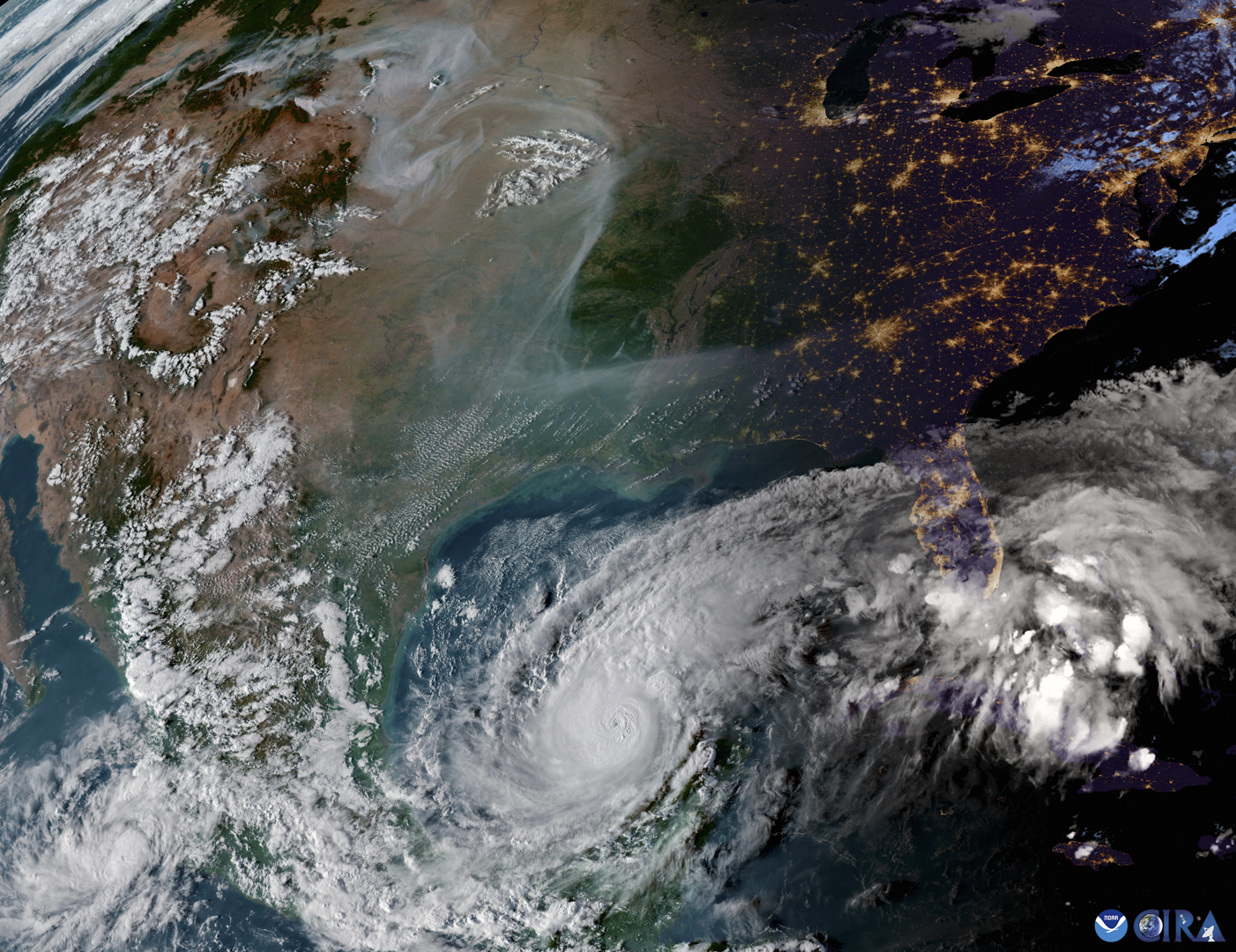Excerpt:
Two back-to-back destructive storms make some ponder the burden of the barrier island’s beauty. Will they rebuild again or give in to climate change?
Dozens of piles of soggy furniture and other debris, coated in sand this week by Hurricane Milton, marked the homes that had flooded last month during Hurricane Helene. Most of those were older, single-story homes on the gulf side, but there was debris outside the Spanish-tiled villas on the other side of the road, too. Earth movers struggled to reconstruct a temporary road installed after Helene.
Massive pines, palms and other tropical trees that made up the key’s lush canopy had toppled in high winds. Underground power lines poked from the sand.
“We had just put everything back together,” he said. But now, “the island is unrecognizable.”
Bain, 45, moved here four years ago from New York with his wife. They have two daughters, ages 3 and 17 months. They were honoring his late mother-in-law’s wish that the house stay in the family, Bain said, and had hoped to pass on the blue single-story 1950s beach bungalow. They installed hurricane-safe windows and doors before the storms, ensured everything was up to code and sealed all they could, he said, but “water finds a way” — specifically, a hole behind the washing machine.
Now, Bain is not sure the eclectic paradise is worth the price, and he — like other residents — is grappling with questions whose answers could shape the future character of Casey Key and Florida’s other distinctive barrier islands battered by recent storms. After two massive landfalls in as many weeks, driven by climate change that ensures more in the future, can they survive the threat of seasonal destruction? Would engineering ways to improve their odds alter the natural beauty that drew them here? At what point is it better, easier even, to leave?
“Even my wife is questioning do we want to stay here,” Bain said as neighbors crept past him under a light rain Friday, carrying supplies and looking grim. “To do it once is one thing. But twice? It can’t be something that happens every year. We can’t afford it…”









